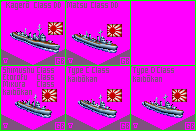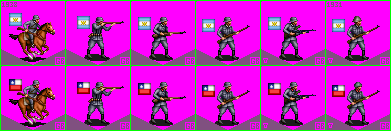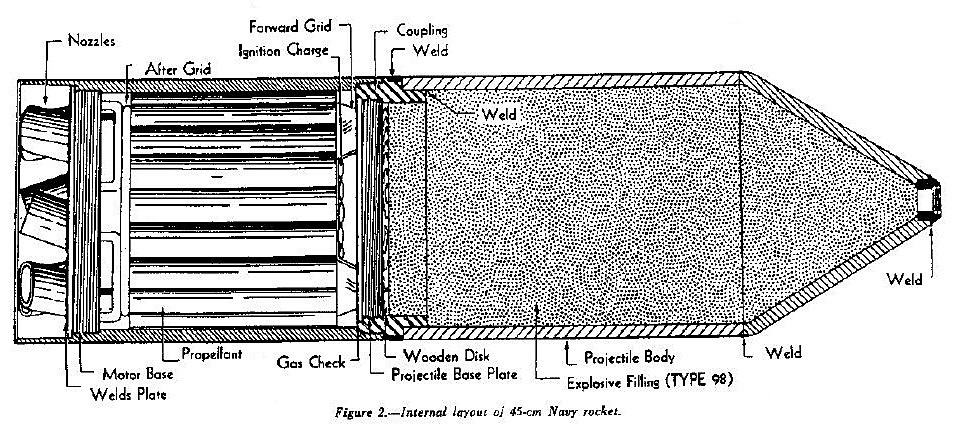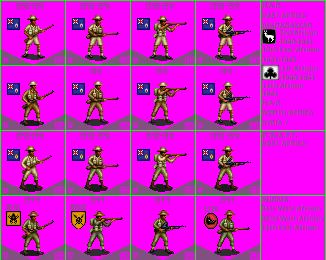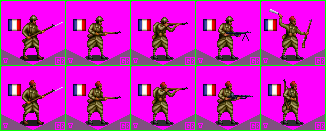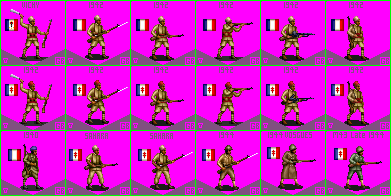I'm looking for a unit to represent these early Imperial Japanese rocket artillery used in WW2 for EotRS, seemingly mounted in a similar position to some mortar canons. Given that the biggest difference between the weapons in these articles is whether the IJA or IJN used them (given the two branches infamous rivalry for all resources and decision-making), and the third has a somewhat different appearance and size, but they all seemed to fulfill the same purpose (siege, "assistance,"), and all came out in the same year, historically, and given unit slots are bit tight, they could all probably be finessed into the same unit, for Civ2 purposes at the scope and scale of EotRS.

en.wikipedia.org

en.wikipedia.org

en.wikipedia.org
Also, the ones from these three articles, which are all described as being involved as IJN garrison units, that all came out in 1944, and all have somewhat similar ideals behind them, if different applications and specific munition descriptions, could possibly all be represented by the same, if a separate unit.

en.wikipedia.org

en.wikipedia.org

en.wikipedia.org
Any attempt at these would be greatly appreciated. Thanks in advance!


